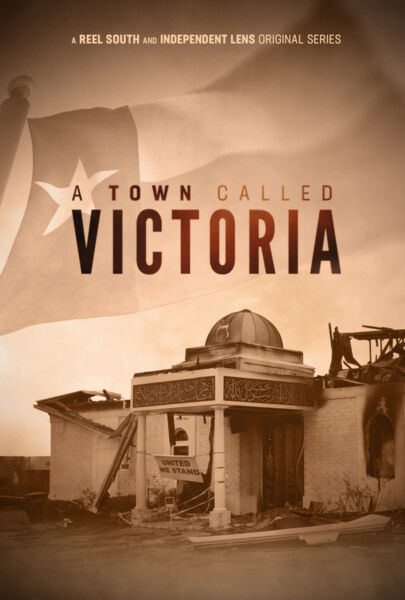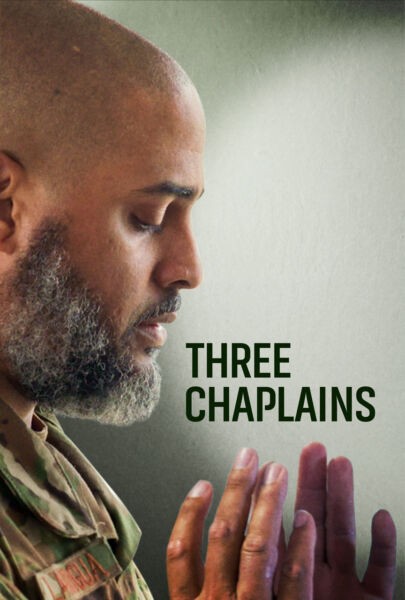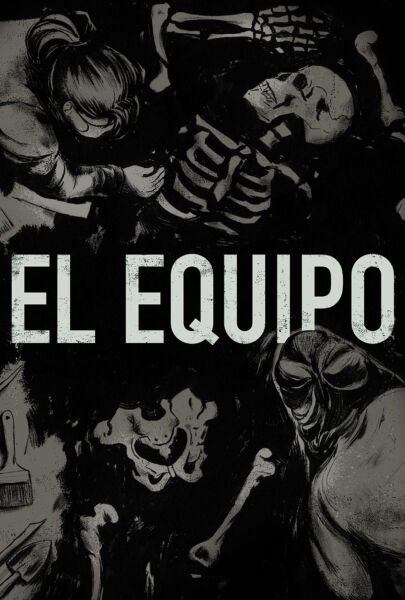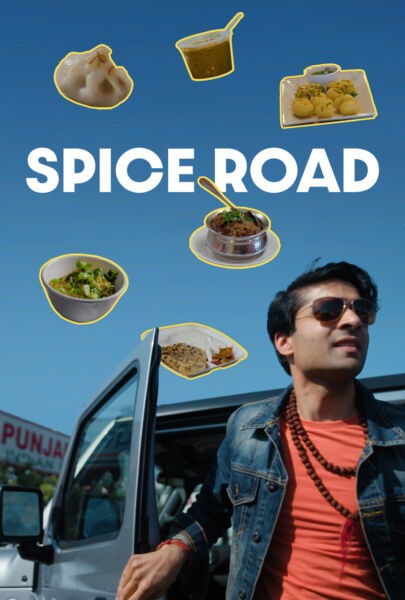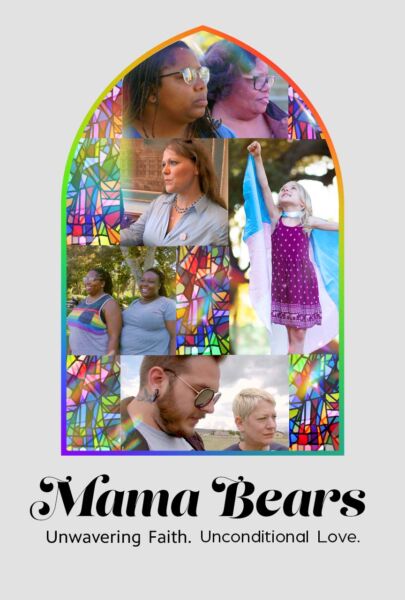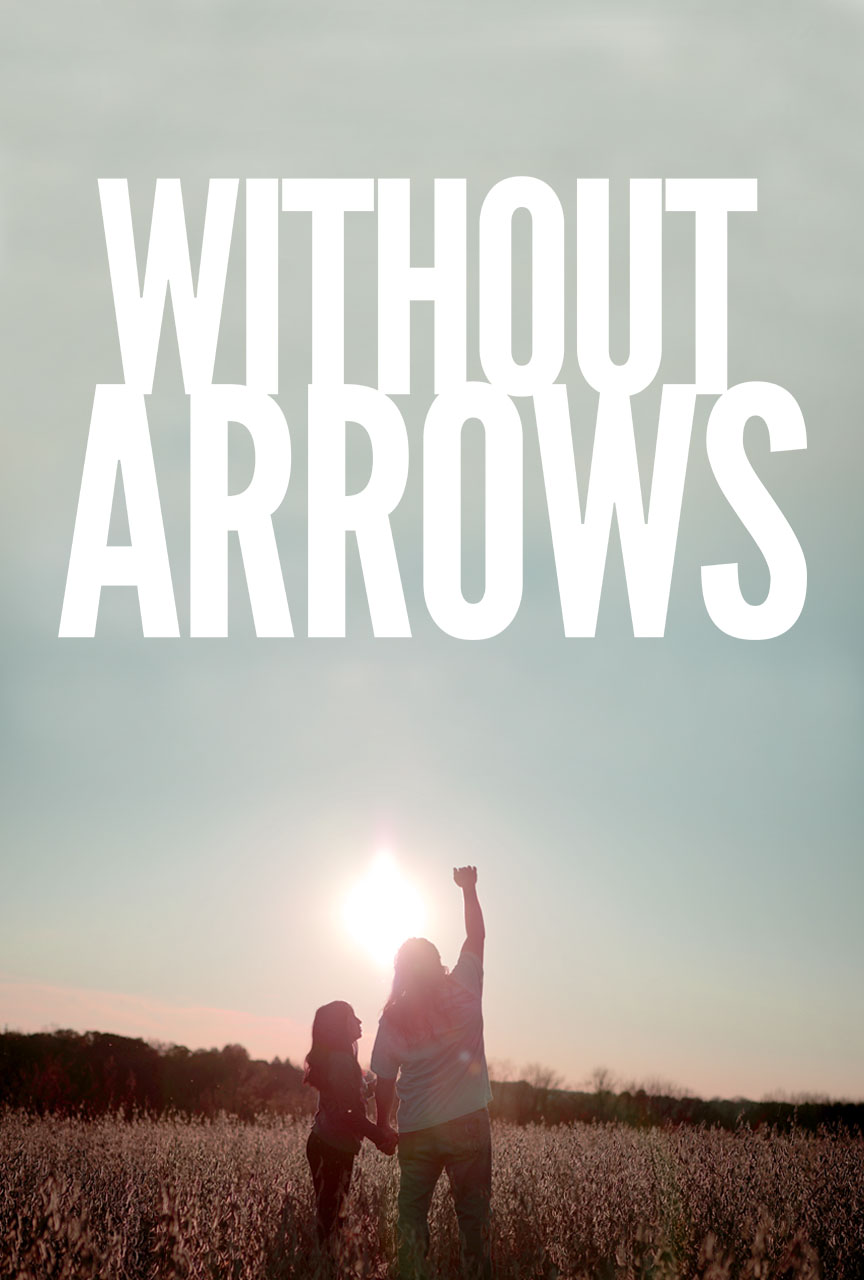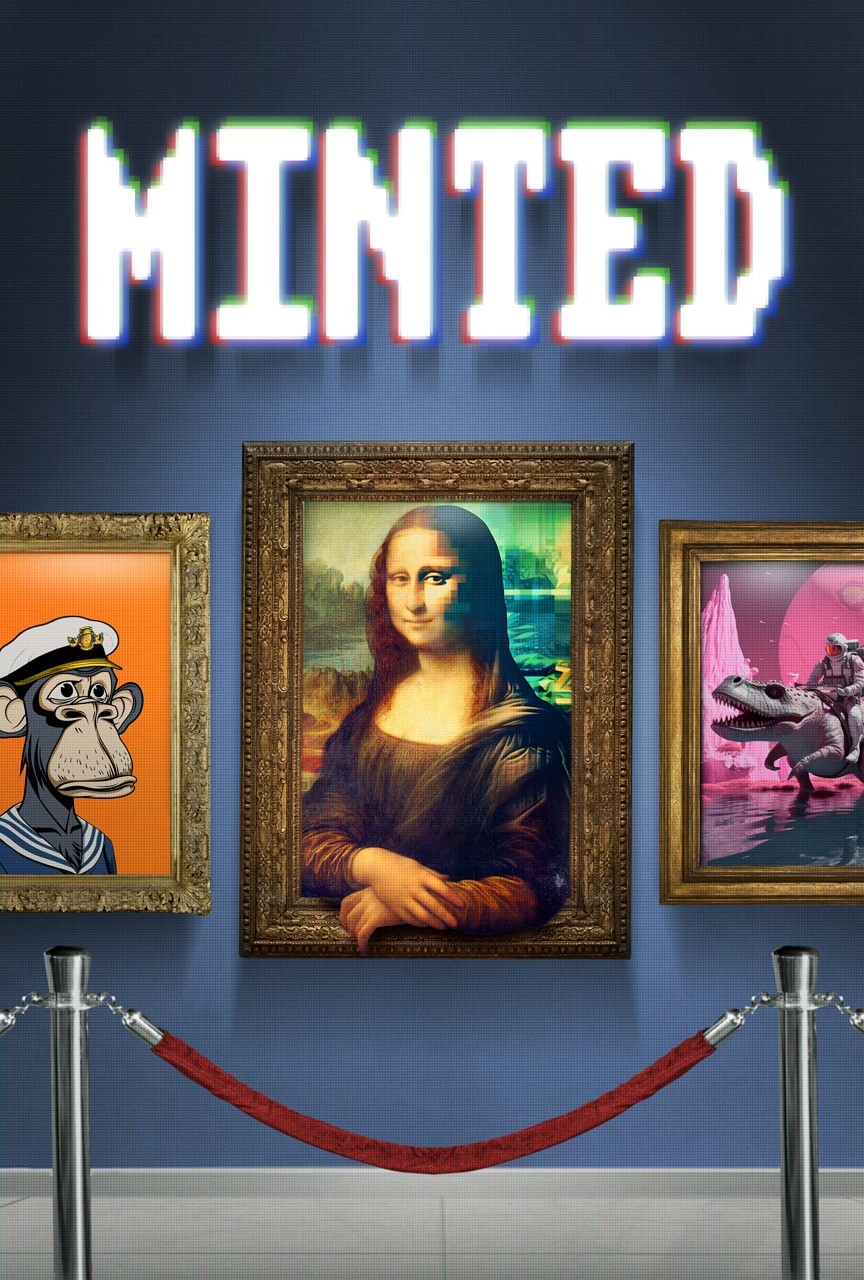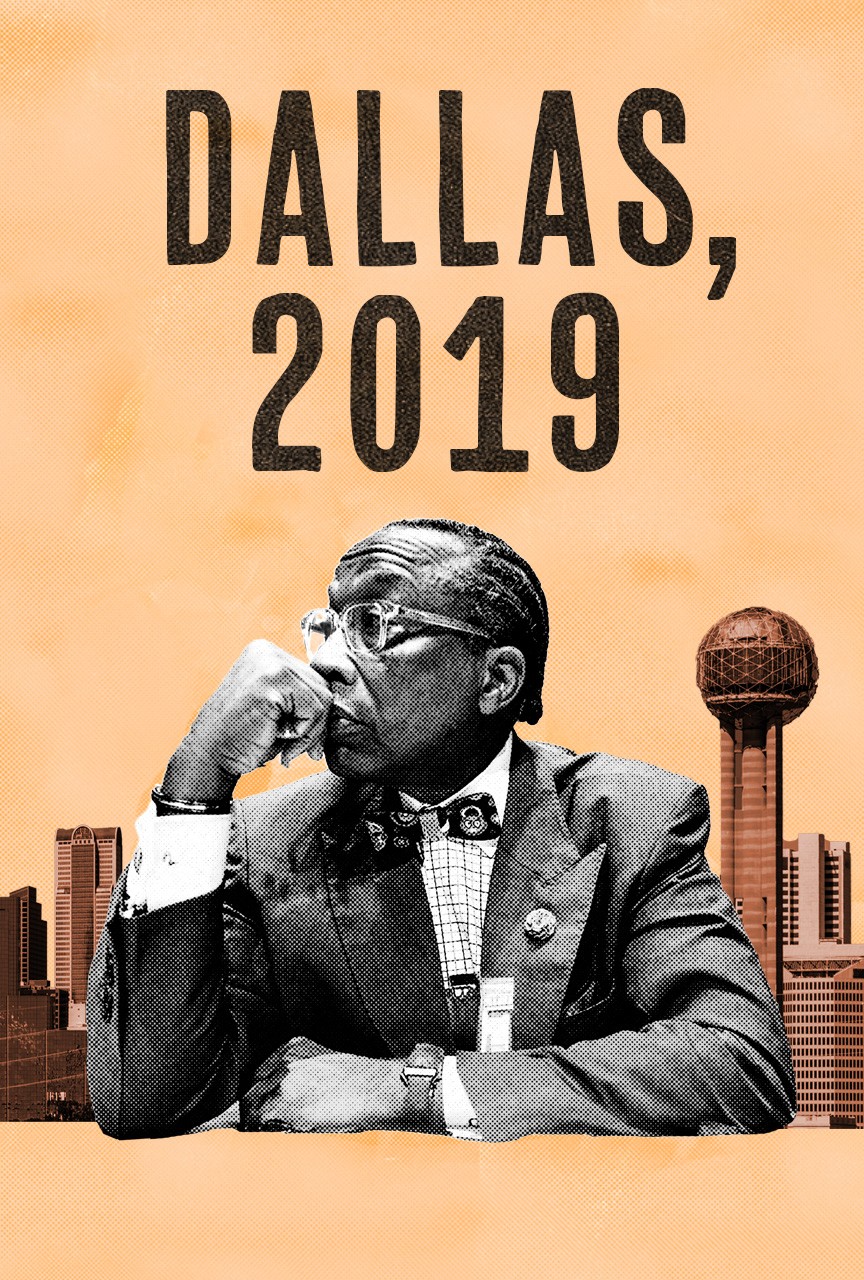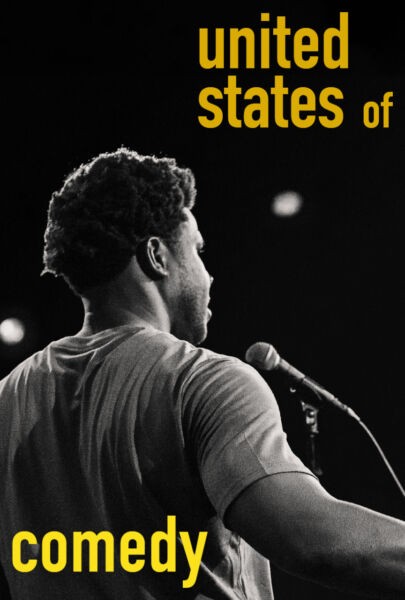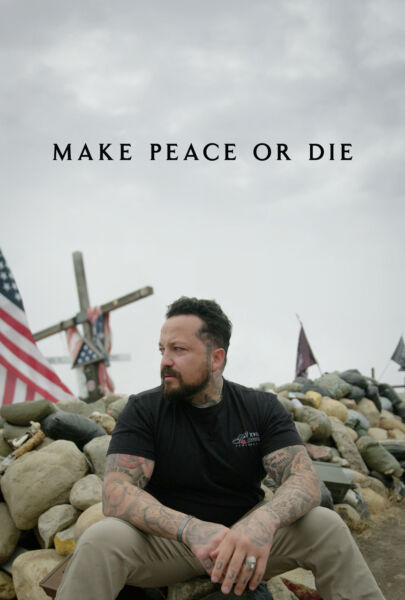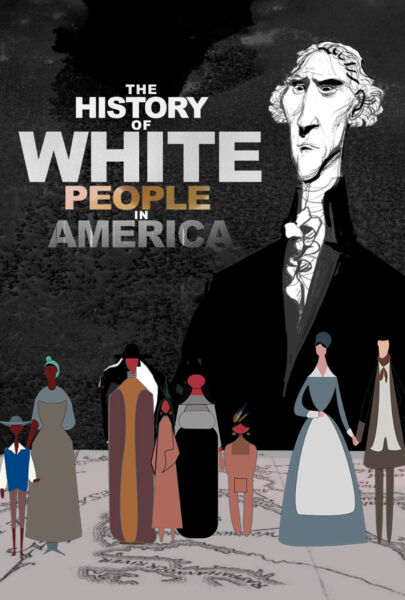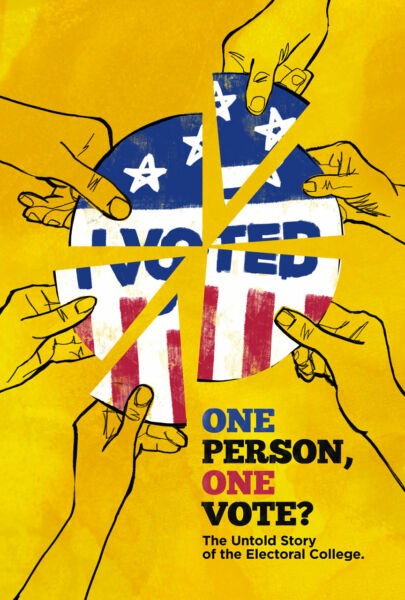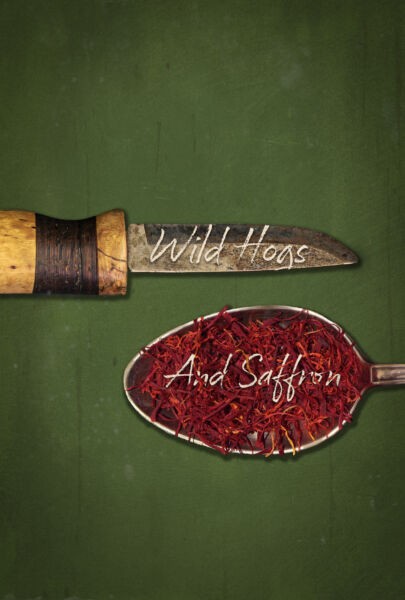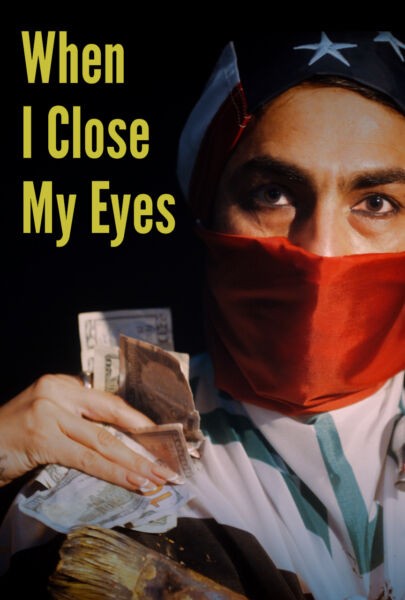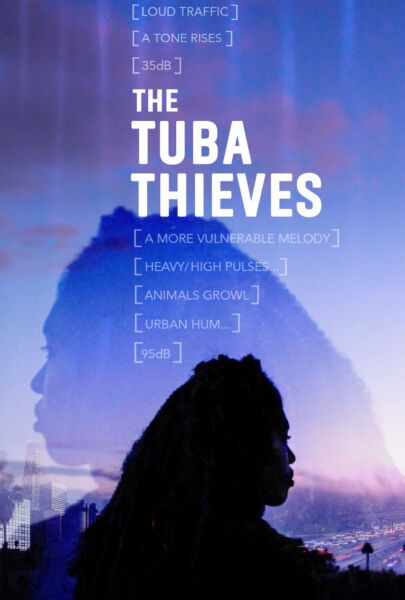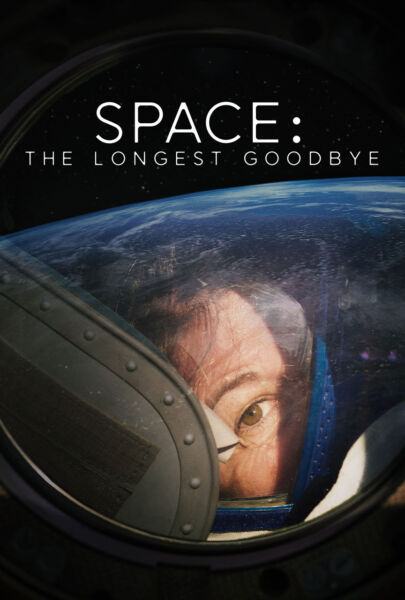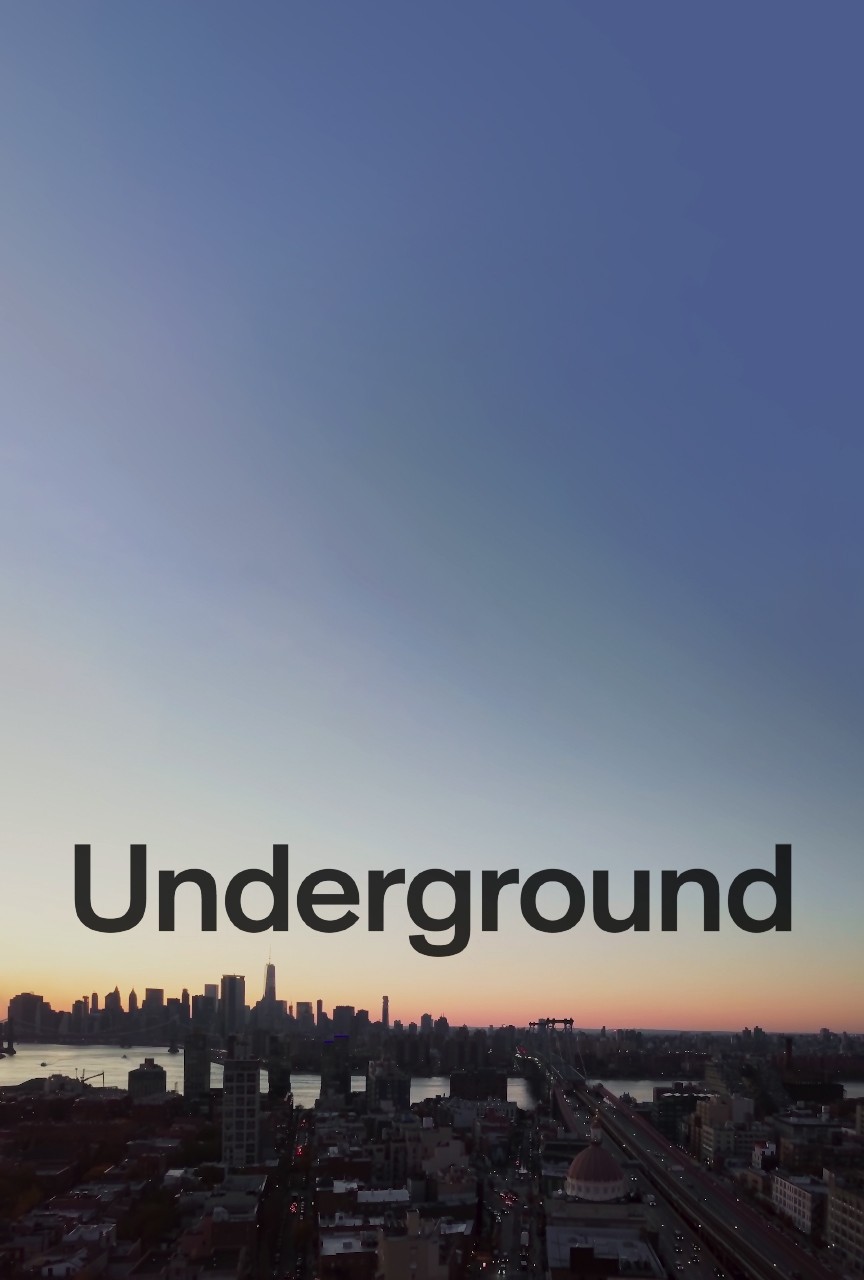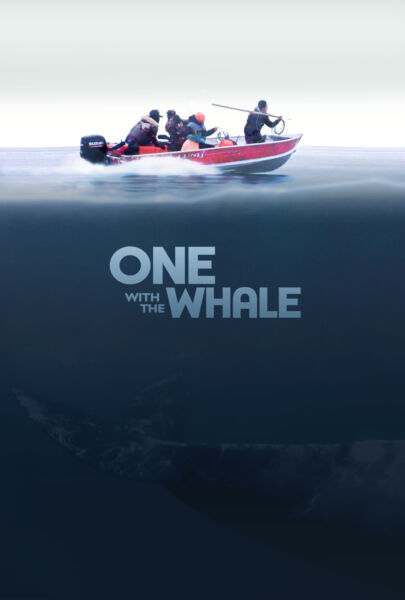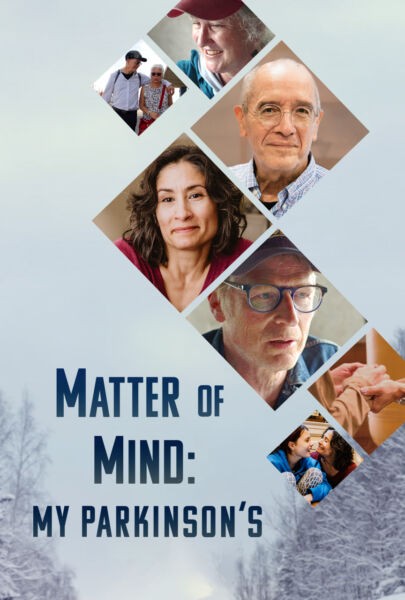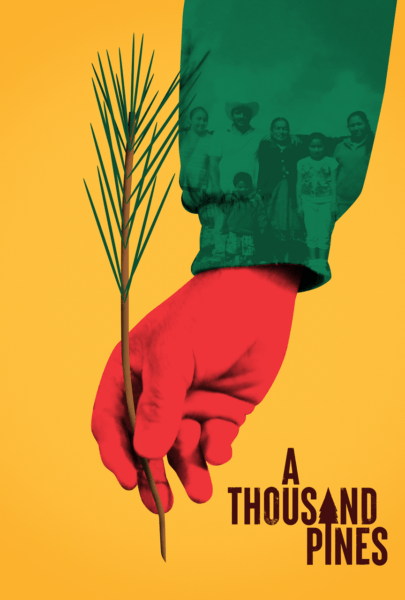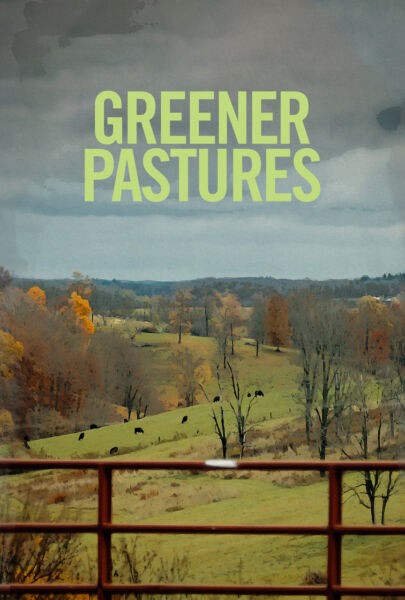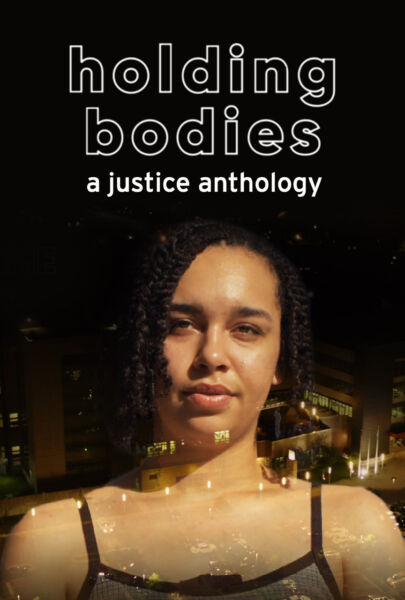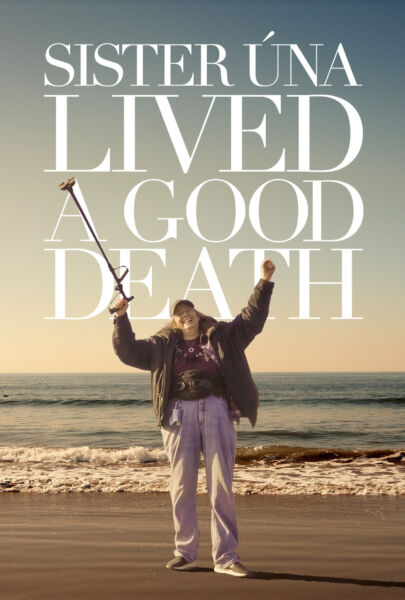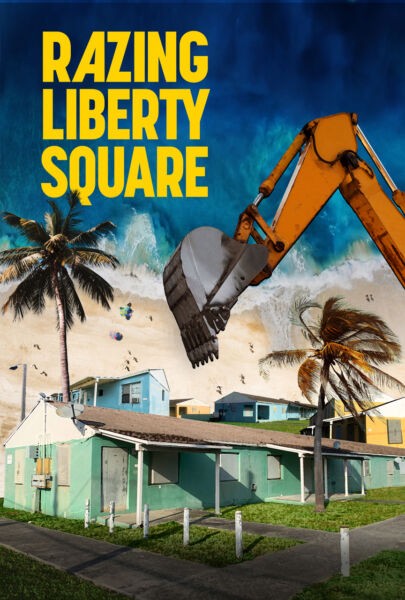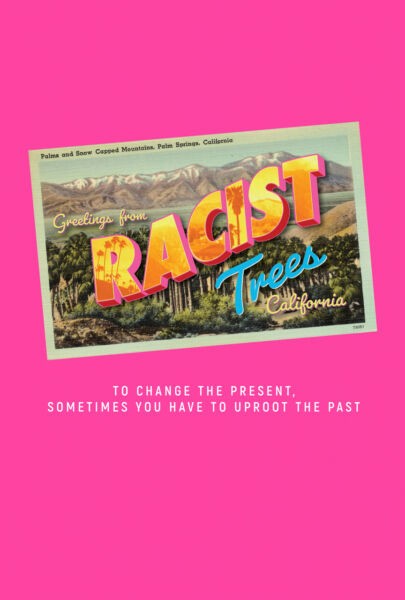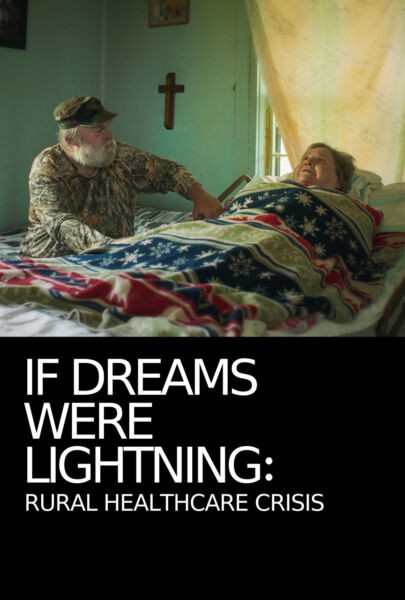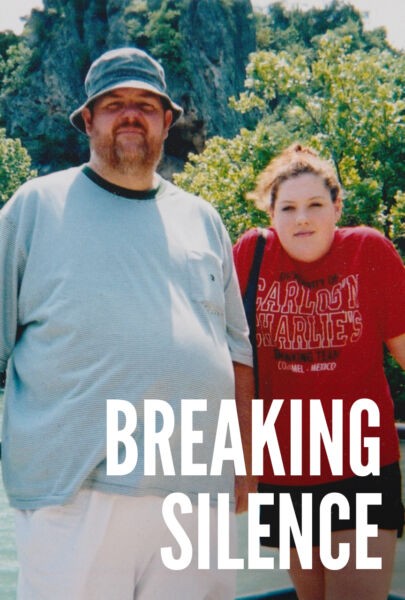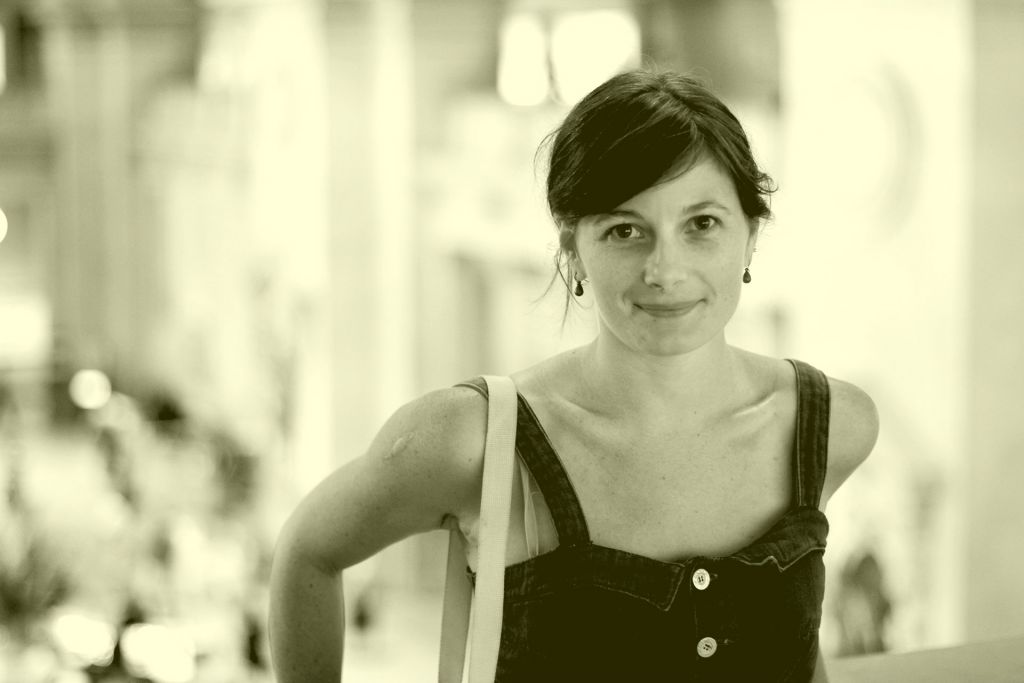
Canadian filmmaker Brett Story was recently awarded the inaugural New Visions Award from Canada’s DOC Institute, who wrote of her, “Watching Story’s socially engaged but visually driven work provides ample evidence that she was an obvious choice for the award, given to an emerging professional filmmaker who demonstrates a keen artistic sensibility and potential to lead the next generation of doc-makers.” Story thinks outside the box in her filmmaking, as evident in her film The Prison in Twelve Landscapes, which is a film about prisons in which we never actually go inside a prison. But the long tentacles of the American prison system is in every moment of this poetic but quietly powerful film.
“Ms. Story’s unconventional approach provokes responses that a traditional facts-and-figures discussion might not,” wrote Jeannette Catsoulis in The New York Times. “Yet the film’s formal abstraction, far from creating emotional distance, is unexpectedly moving. Bracketed by scenes from the overnight bus that takes prisoners’ families from Manhattan to the Attica Correctional Facility in upstate New York, the movie highlights racial bias with a precision that’s all the more potent for being refracted.”
Story talked to us about her approach to this film, the similarities and differences between American and Canadian prison systems, and “the slow violence that prisons inflict on the people and communities impacted by incarceration.”
Why did you make this film?
Brett: I am passionate about the need to downsize and even abolish the US prison system, which prison activists on the inside and outside remind us is part of the long struggle for human liberation, economic and racial justice. I have been involved in issues related to prisons and policing for almost two decades, and I made this film to offer a new framework, though an aesthetic and emotionally moving medium, for public thinking about the function of the prison system in our society.
I think that prisons are often viewed as these natural spaces, but they have a very short historical lifespan, which should invite us to think about whether they actually serve community well-being, or undermine well-being. They are not natural and not inevitable, and the hope in making this film was that by offering a new visual frame through which we “see” the prison operating in our midst, it might also open some new frameworks for assessing and rethinking the role of the prison in our society.

Waiting in line outside outside Florissant, MO makeshift municipal court, from Prison in Twelve Landscapes
How did you get so interested in prisons?
I’ve spent many years involved in social justice organizing. Since I was a teenager, really, responding to and trying to make sense of my own family’s experiences of deep poverty. Much of that involvement has taken the form of community organizing against gentrification and for housing rights. But one cannot be involved in anti-poverty social justice organizing, in Canada or the United States, without being confronted with the issue of policing and incarceration. Because these issues are deeply tied up in one another, and in many ways that’s the very premise of the film. Police are often deployed to sweep up poor people, homeless people, or to stamp out survival activities like panhandling or loitering that are not harmful to anyone — but are perhaps threatening to real estate values.
Prisons are full of poor people, and in this country, to be poor is also, often, to be a person of color, and that is something that isn’t accidental but comes out of historical events and decisions that continue to be made to this day. For me, becoming interested in prisons was an inevitable result of being interested in social justice more generally, because prisons represent the failure of a society and of the state to deliver social justice — employment, democracy, equality, healthcare, housing — rather than, as many people believe, the enactment of justice.
How do you think being Canadian gave you an interesting perspective on the American prison system?
There are actually many ways that the Canadian system resembles the American system. If one looks inside Canada’s prisons and jails, one also sees mostly poor people and working class people, one also sees people who’ve been survivors of abuse, people with underserviced mental health needs, people with addiction issues. And most dramatically, in the Canadian case, we see the hyper-incarceration of Indigenous people, which follows decades of dispossession and impoverishment of First Nations communities by the Canadian state. Canadian prison populations have also increased since the 1970s, like they do in the US, alongside the retreat of the welfare state and growing inequality. That all said, I do think that there are major differences between the two countries, in terms of the role of the state and the distinct histories of racial control and racialized oppression. The fact that Canada does still have some semblance of a welfare state, including a system of single-payer, universal healthcare, does go a long way in terms of ameliorating some of the most life-shortening consequences of being poor and underemployed.
Whereas one doesn’t always, in Canada, feel like they are so different than most Americans, I do think that travelling through the US as a Canadian and telling people I was a Canadian perhaps meant that people I spoke to felt a responsibility or just more liberty to educate me about the history of racism in this country and anti-Blackness in particular. Perhaps because they don’t realize that Canada also relies on structures of racial oppression, there was an openness among many people I encountered to talk freely about experiences of structural racism, which we hear in the film and is a central theme in the film — alongside issues of course of abandonment, unemployment, gentrification, and the policing of social dissent.
How did you end up focusing on some of the places you chose?
I came to different places and stories in lots of different ways. I definitely embarked on a long research process, and that research process made it clear that there should definitely be a place that represents the kinds of places where prisons are predominantly built – often rural, deindustrialize communities with high rates of poverty and few options for an economic future. I was also very inspired by the Black Lives Matter movement, which builds on previous movements throughout history to underscore the ways social dissent is often targeted by militarized police, but also the kinds of structural situations — like poverty fines in Ferguson, Missouri, and nearby communities — that undergird the moments of spectacular violence that make national headlines, such as the police killing of Mike Brown.
A film reviewer in the Village Voice wrote of your film “It’s rare that a film this outraged is also this calm.” How did you work to find that balance of quirky and peaceful with this kind of tension underneath the surface (which bubbles up more as it goes)?
This was such a wonderful assessment of the film. I think the film reflects very honestly my own experience traveling the country to investigate the causes, consequences, and functions of the prison system. There is a lot of seeming banality to those tendrils. Taking a long bus ride, waiting in an endless line up to pay a traffic fine, trying to figure out how to send a care package to a loved one inside that won’t get returned — these are all banal, tedious experiences, but they are also, at the same time, the slow violence that prisons inflict on the people and communities impacted by incarceration.
And I am outraged, as are people who live with policing and prisons. So, of course, that outrage makes it into the film. I want audiences to feel especially outraged that their taxpayer money goes into a system that ruins people’s lives while also failing to do the one thing that it is supposed to do, which is to make safe and secure. Prison have never ever resolved harm and violence, and all the evidence demonstrates that clearly. But it was important for me to demonstrate that not through statistics or expert opinion, but rather through these observations and encounters with people on the outside, and outside of the frame of sensationalized violence through which most prison documentaries are often depicted.
I really just want viewers to think about why and to what end we lock up so many human beings in cells. Does it make us safe? Does it resolve our problems as a society? I am not offering a clear answer to this question, but I am suggesting that we as a society need to ask these questions. The United States has embarked on what some might consider the biggest social experiment in history. In no other place or time in history have we incarcerated so many human beings. That kind of state-organized deprivation of human liberty, and its racial contours, is worth debating, reconsidering, and contesting.
I want to invite people into a conversation about what it is that prisons and criminalization do, and what they don’t do. Because if they don’t resolve crime or keep people safe, then what else do they do, and is that something we think the state should be using our money for? This is the other thing: In contrast to the prevailing myth that the problem of prisons is one of privatization, the vast majority of prisons and jails in this country are public, which means that it is taxpayer money — the wealth produced by our labor — that goes into locking people up and creating torture chambers of solitary confinement. That’s terrifying, but also, hopefully, empowering to think about. We have to think about the prison economy in new ways, including grappling with the relationship between structural unemployment, poverty, and regional abandonment — and the prison system.
What are your three favorite/most influential documentaries or feature films?
I really love cinematic non-fiction films that address political issues in ways that are artful, oblique, and complex. I think those films are generous toward their audiences, and invite audiences to grapple not just with the terrible things happening in the world, but the underlying and more fundamental questions about how we as a society enable terrible things to happen or be organized into everyday life. Documentaries that I feel very influenced by include Chris Marker and Pierre Lhomme’s Le Joli Mai (The Lovely Month of May), all the films of Frederick Wiseman and Chantel Ackerman, James Longley’s Iraq in Fragments, Michael Moore’s Roger and Me, Harlan County USA by Barbara Kopple, and then also the more experimental work being made by incredible filmmakers like Jem Cohen and Deborah Stratman here in the US.
What film/project(s) are you working on next?
I’m currently working on a new film about futureless and abandonment. I describe it to people as a film about climate change, but disguised as a portrait of collective anxiety. It’s a project that is attempting to take the temperature, so to speak, on this particular historical period, and investigate the ways in which people in the United States at this moment, like elsewhere in the world, are living with but also transforming into particular stories their diverse experiences of uncertainty about the state of the country and the planet.
I’m also completing a book, titled The Prison out of Place and which will come out in 2018 with the University of California Press, that is a kind of companion piece to The Prison in Twelve Landscapes.
WATCH: Brett Story experience an isolation cell via virtual reality, in this VICE Canada piece:
https://www.facebook.com/vicequebec/videos/1802118526742770/


